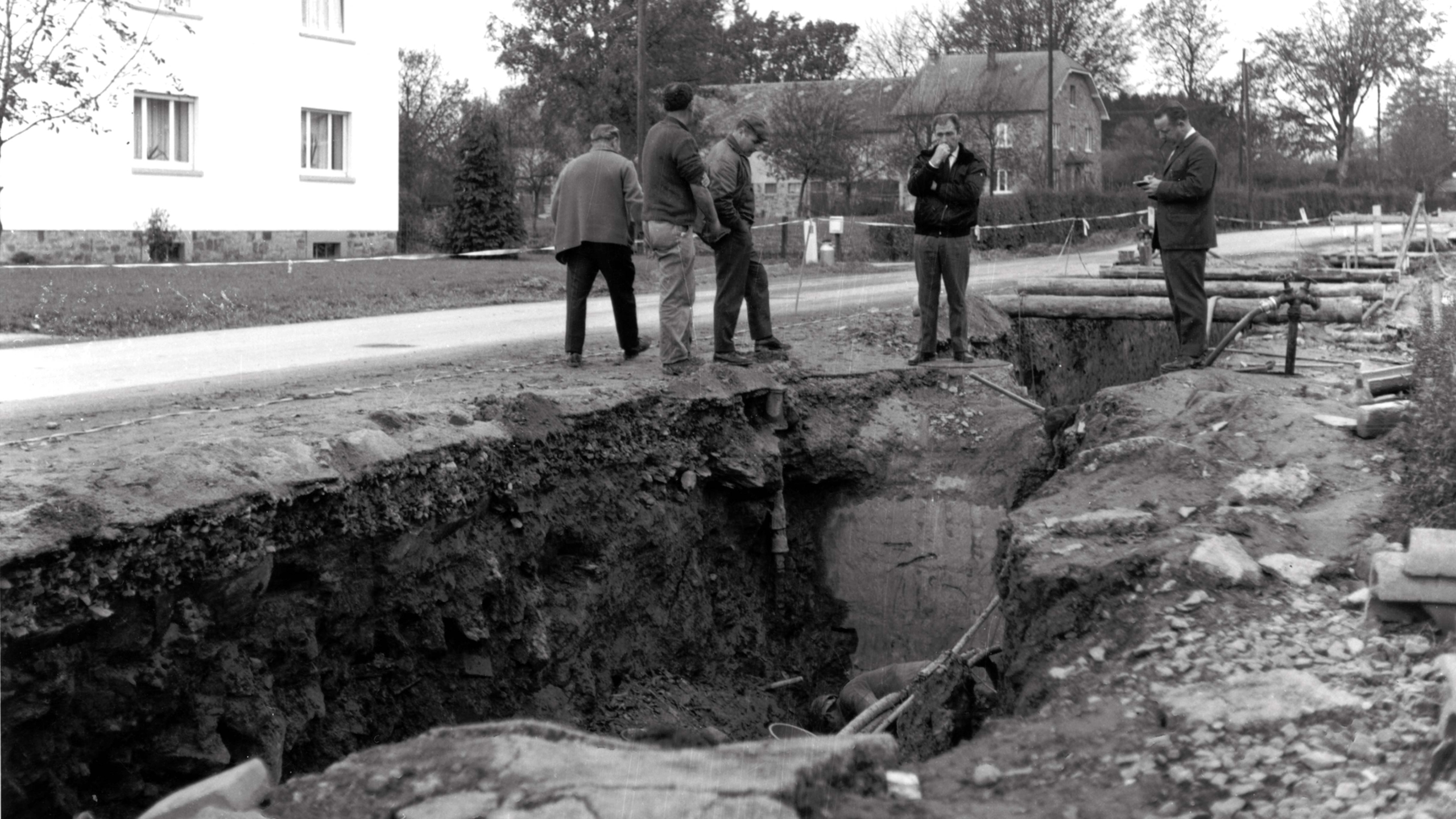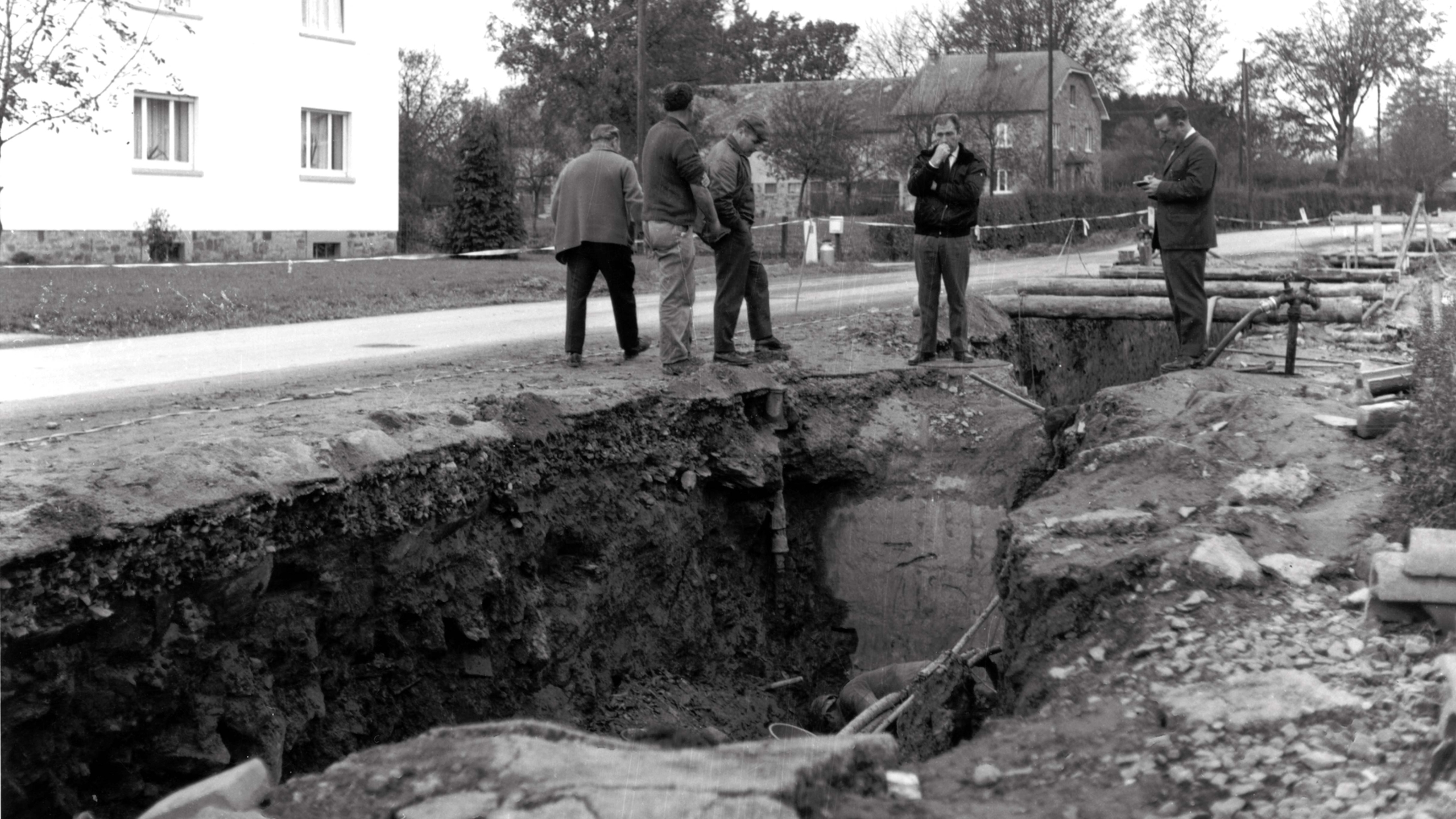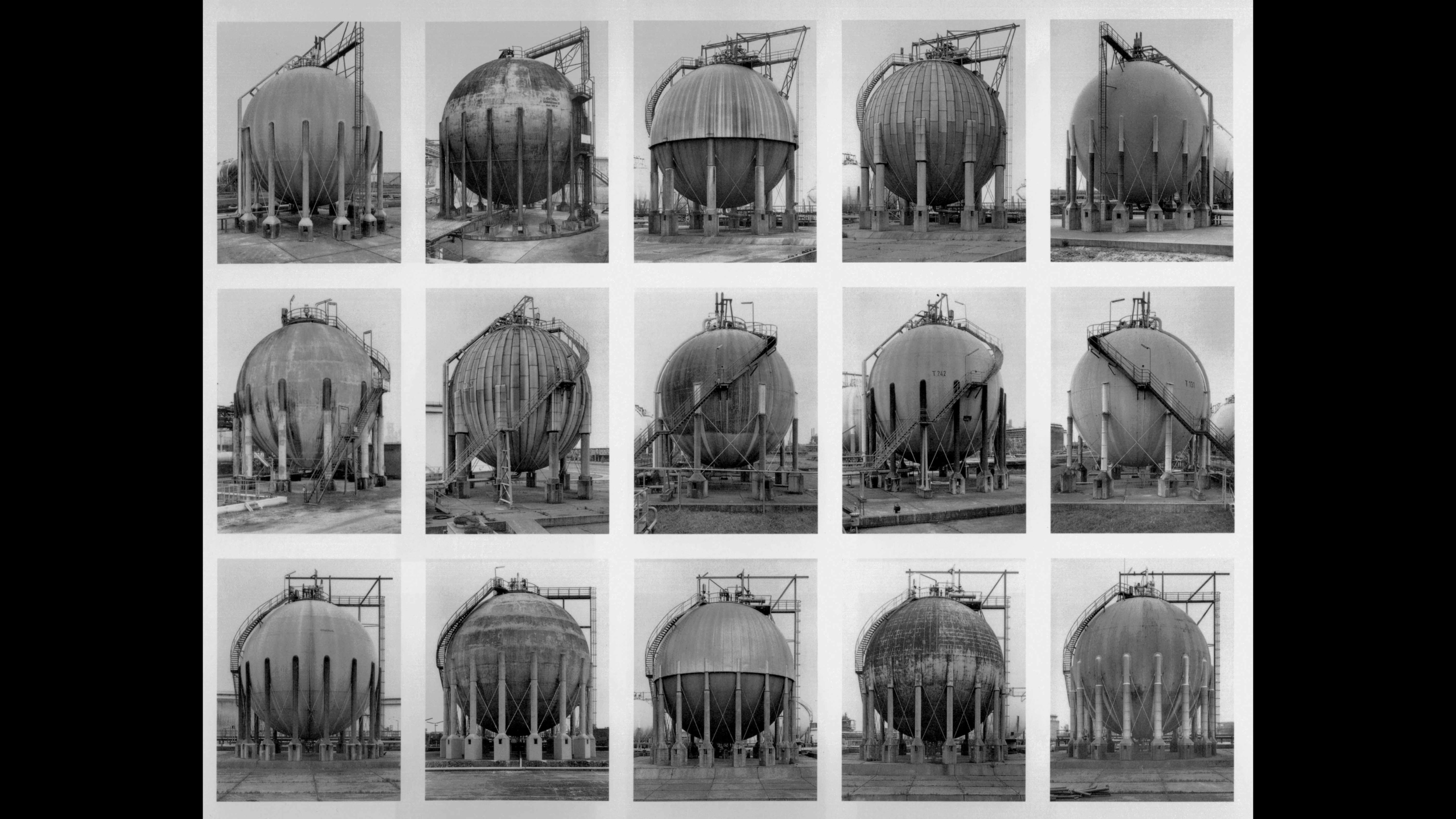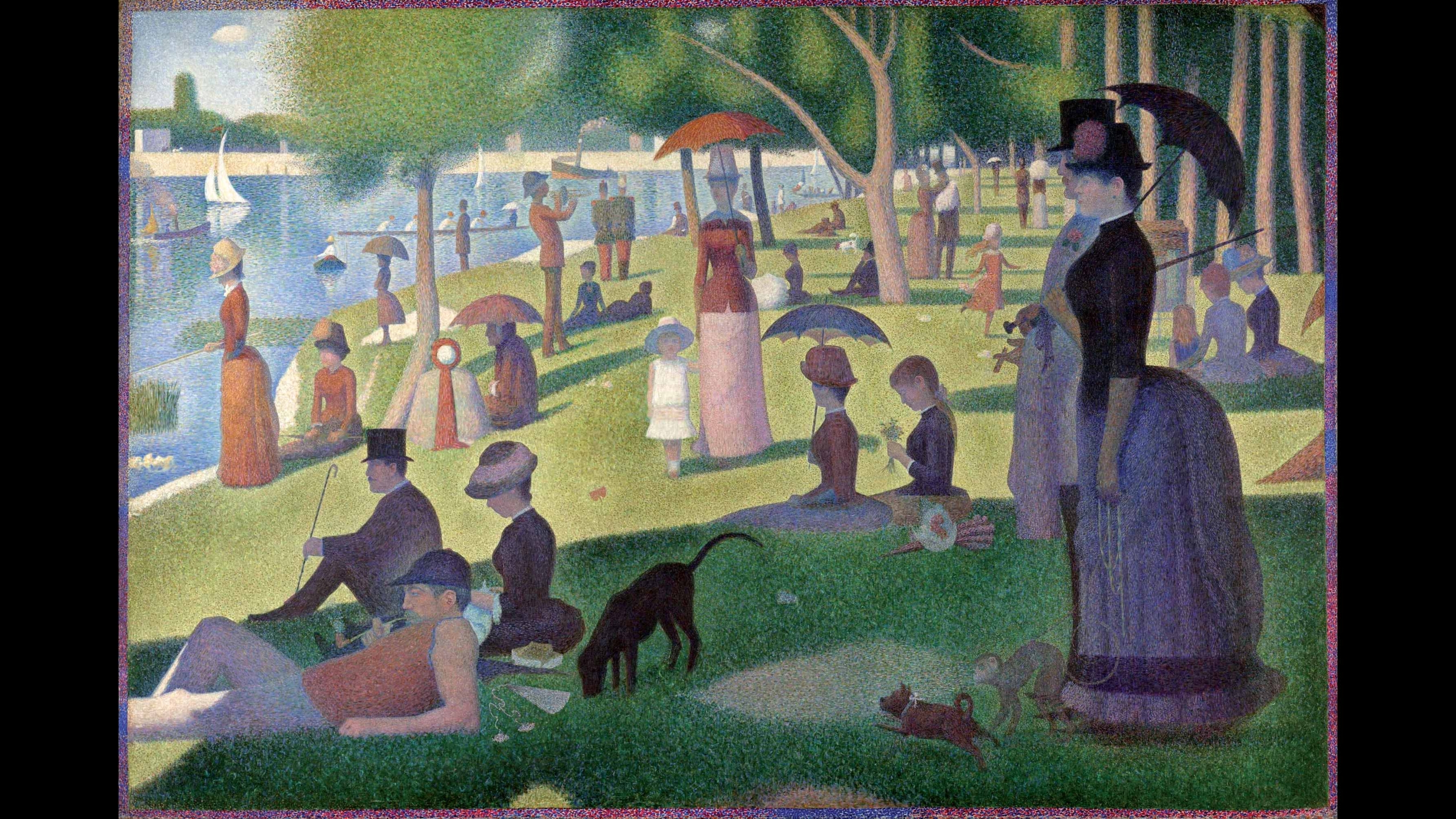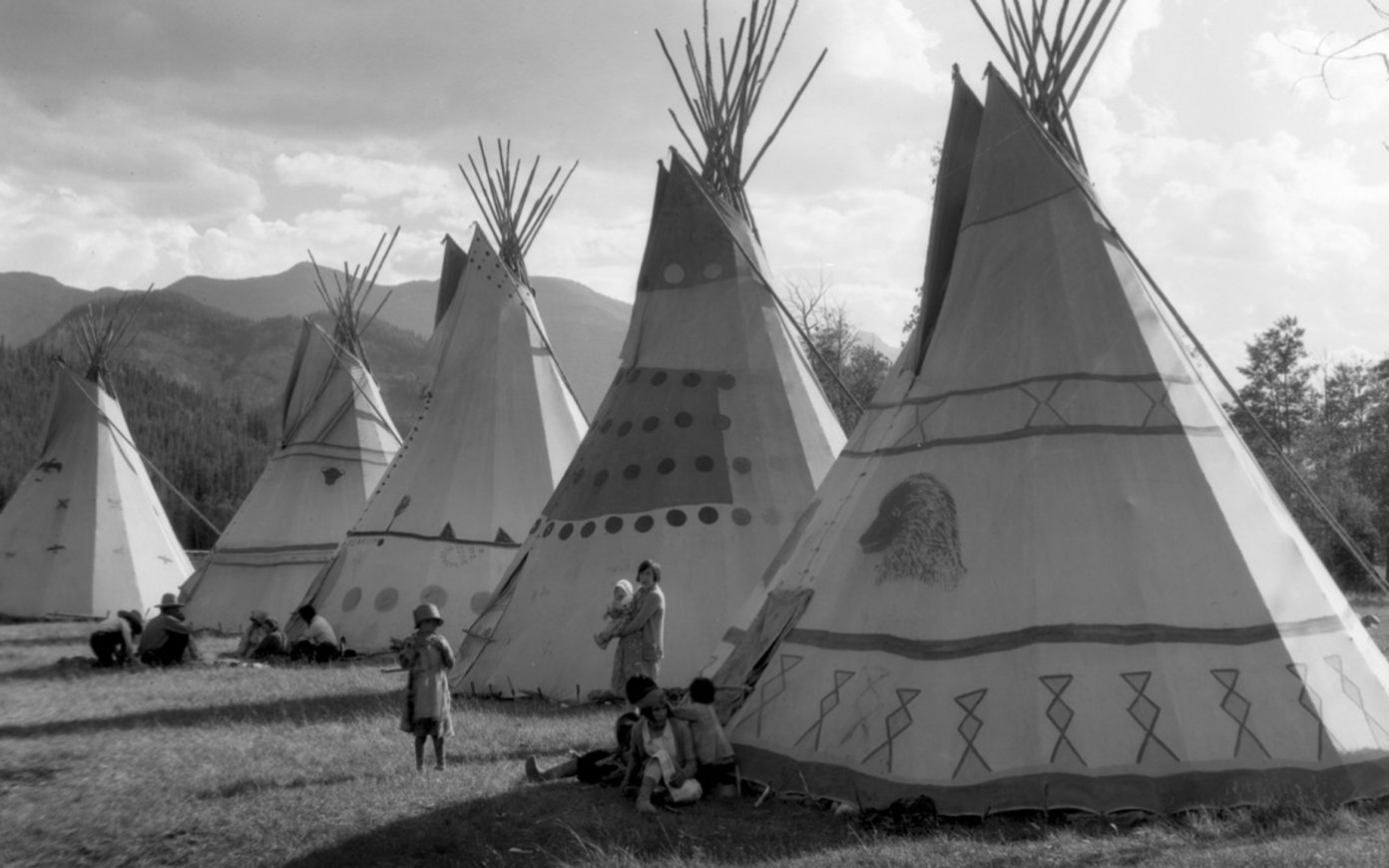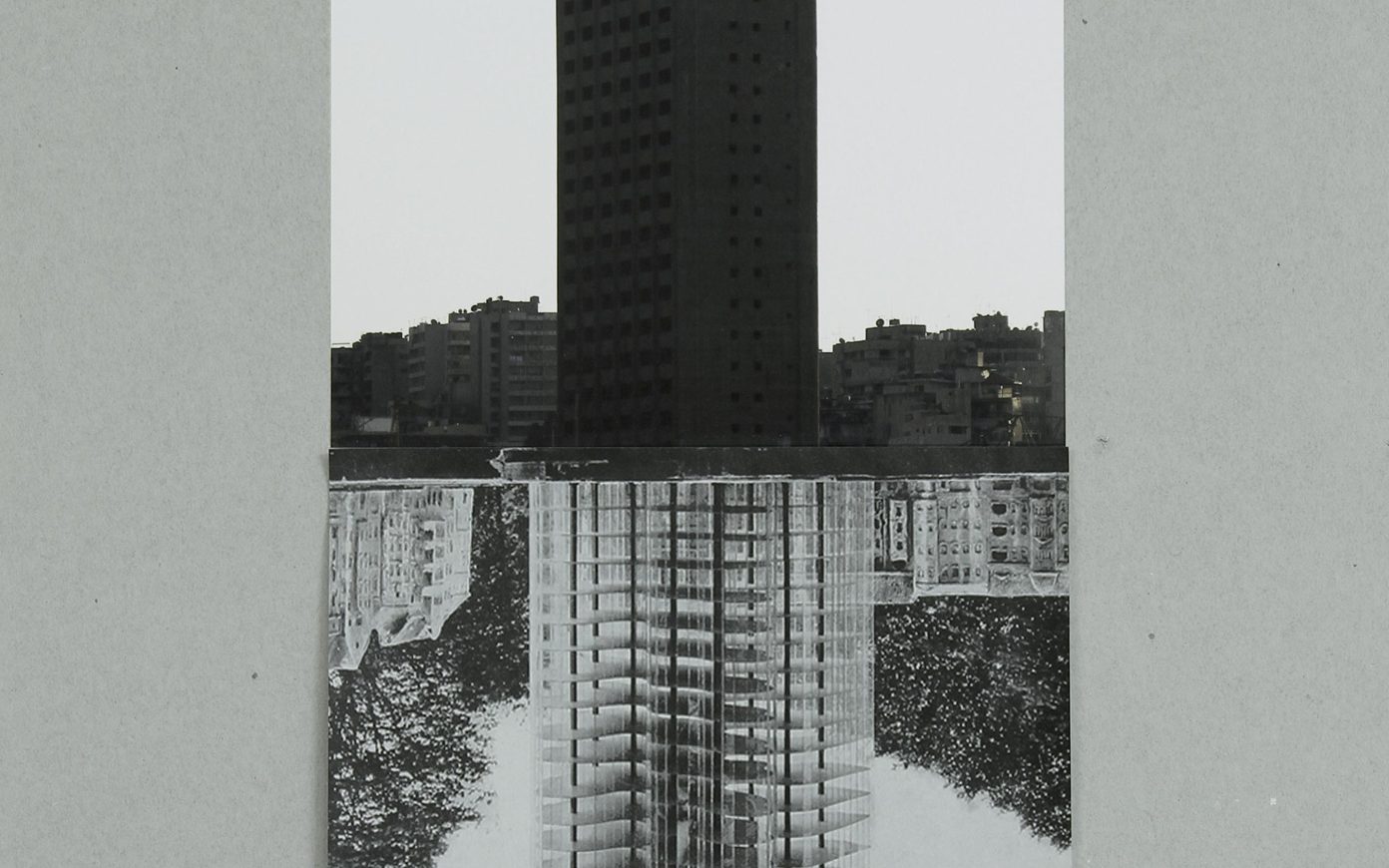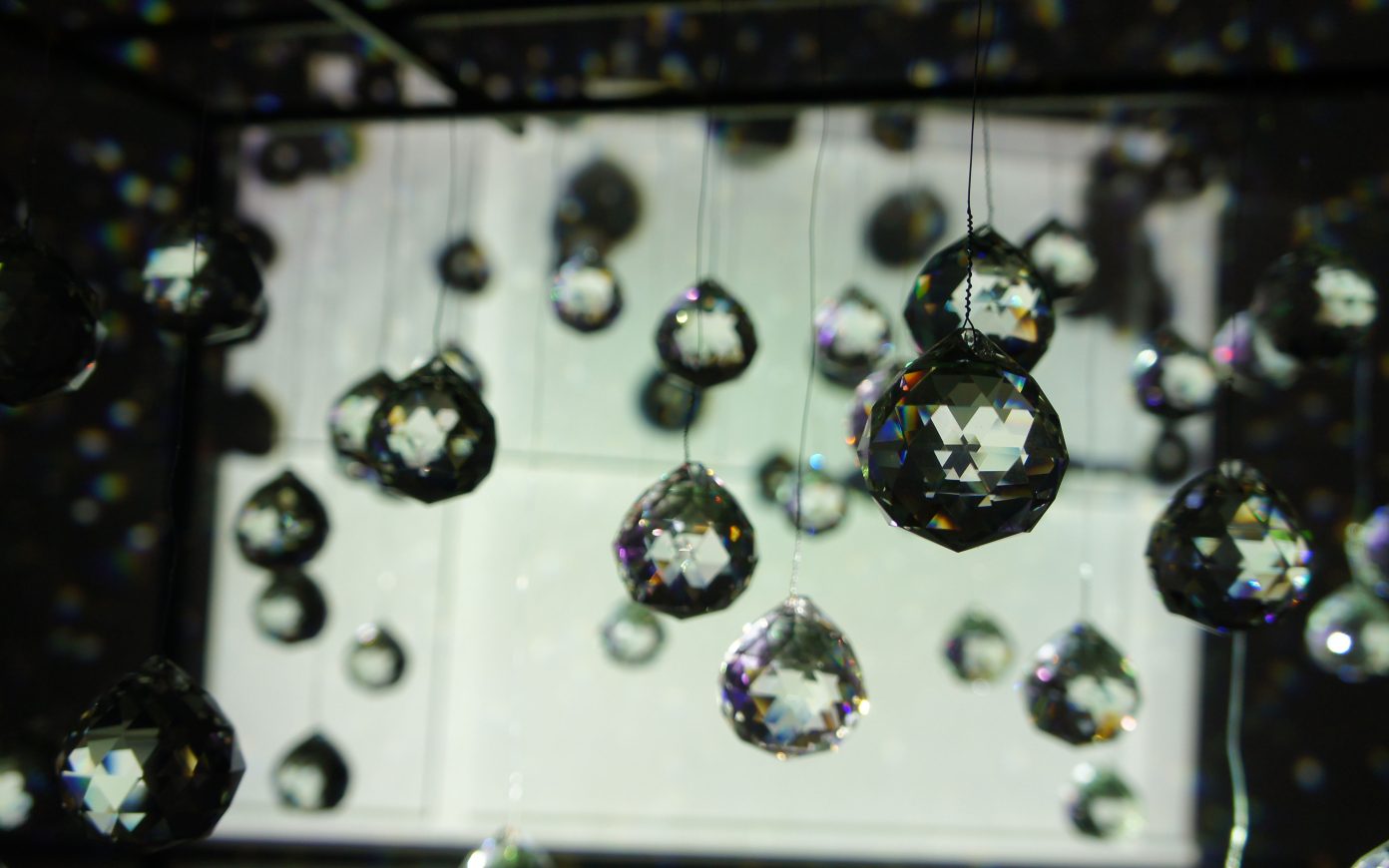The argument of analyzing the artistic appropriation of the object in terms of the expropriation of those who developed it in their working environment can be seen, at the same time period, in the work of Joseph Beuys on the urinal of Marcel Duchamp: the worker who extracted the kaolin used to manufacture it is as much a “creator” than he who signs the work or who exhibits it. Both practice a “styling” (gestaltung) that “causes all the fields of force in society and all work settingsJoseph Beuys, Par la présente, je n’appartiens pas à l’art, L’Arche, Paris, 1988, p. 59.”. Charlier, like Beuys, insisted that the artist’s duty was not to conceal the production process, not to isolate the object aesthetically, but, in other terms, to consider themselves in the middle of an expanded productive system, not above it.
Objective means and utility
Thirty years later, in 1993, Maurizio Cattelan showed a work at the Biennale in Venice entitled Lavorare è un brutto mestiere (Work is a dirty business): he rented space put at his disposal to present his work to a PR firm, who in turn used it for an advertising campaign. Cattelan’s gesture shows how the relationship of the artist to the world of work had changed completely: he or she is a “professional” among other things, who may call into play various trades, abandoning any symbolic claim to reveal the productive structure in favor of realism (sometimes verging on cynicism) and with the aim of inserting his or her work into the regular flow of production. In other words, the world of work is no longer a symbolic referent for artistic practice: it forms its daily substratum. In the same way, Cattelan depicted the artist as a tenant of an exhibition space that could be sublet …
Had not Alighiero Boetti, in the early 1970s, shifted production of his carpets to Afghanistan and then to Pakistan?
The relationship between the artist and the mode of work is the very structure of artistic evolution: in other words, art has always been “informed” by the world of work. Artistic modernity of the late nineteenth century appeared when this relationship needed to be problematized pictorially: art was now spurred on by the competition from photography, as a single supplement or as a socially useless activity. It is from this that one can understand the ideology of modernist painters—from the Pole Wladyslaw Strzeminski (1893-1952) to the American Frank Stella—who sought in their practice of painting the “objective means” allowing them to transfer the colored material of the tube to the canvas: “objective”, that is to say set within a productivity linked to general production, i.e., contemporary with the economic system in which they lived. Art, from the mid-nineteenth century, must problematize its relationship to social production: either by accepting the “art for art’s sake”, by giving meaning to the useless, or by connecting to the productive system in one way or another.
At one end of this landscape, Andy Warhol moved in the universe of the factory in identifying himself openly with a “machine” or a “camera”. At the opposite pole, Robert Filliou saw himself as a citizen of a “Republic of Genius” composed of idle and meditative “bistro geniuses”. Whatever the position taken by the artists—frontal opposition or mimetic relationship—it is from this equation that the beginnings of modernity date: art, held back from the social body or threatened to be, no longer is an appendix of society, a more or less legitimate supplement of the productive system. Accepting its ornamental or unproductive character, the attempt was to promote art as the oxygen of a suffocated and reified system. Claiming social usefulness with an affiliation to an ontology of democracy, it would aim rather to impose the principles of its need by remaining closer to the production process.
With regard to work, one can certainly say that it cuts up and fragments reality. Nature is initially controlled for productive purposes, then human labor itself, first as products (trade), and finally as an activity and a sum of information. To work is to segment reality from infinity. One can also say that it is always subject to an end, or that it is organized with a view to its final state. Among the most remarkable attempts to think in the sphere of the useless, the “accursed share” of human activity, that of Georges Bataille, is all the more present as it clearly identifies a vast realm of reality that had never before been thought of as such. He invented heterology, the “science of what is different”, as part of a declaration of a philosophical war against idealism in all its forms. While it does not take into account garbage and waste, religious ecstasy and erotic pleasure, the flow of tears and body fluids, every thought is marked by idealism. In Bataille’s vision, that which is playful—like eroticism, mysticism and art—is also attached to the sphere of extravagant spending, to the level of this heterology that is anything that does not belong to the “sphere of utility. ” Human activity does not necessarily have any “gain” as an outlook; it may refuse to be subservient to an intended purpose. For Bataille, the first principle of economics is not the accumulation of goods, but the potlatch, in which the Indian tribes of North America competed in the distribution of their most valuable property. This is the “accursed share” of human economy: the practice of the “loss” which is irreducible to the production-consumption pairing and affects the irrational and the existential implementation in which Bataille included “luxury, mourning, wars, religions, games, entertainment, the arts, perverse sexual activity (i.e., that which doesn’t serve to reproduce)Georges Bataille,« La notion de dépense », in La part maudite, Les Éditions de Minuit, 2007, p.27”..
Artistic modernity since the mid-nineteenth century was built around a central purpose: utility. In essence, by opposing its dictates, by fighting to preserve a poetic area within the sphere of utility, but sometimes also by identifying with its forms and principles, the Bauhaus or Russian Constructivism worked out a theory of art to be integrated into general productivism, seeking to soak up in a sustainable way the scenery of everyday life. The fact remains that the presence of art in a given society, its recognition by the institutional and ideological apparatuses which it has adopted, depends on the local inflections of the issue of utility, which draws a demarcation line between the product (its use), and waste, which must be rejected and left out. This invisible line—though active at all levels of social organization—draws the outline of a movable zone whose boundary is constantly crossed in both directions: a temporary category, and especially largely arbitrary, that of waste is subject to endless renegotiations. In the field of cultural production, as we have seen, it is the route of this line of division that the camp of cultural studies settles, like an airlock between two territories of the functional and of the derisory, a unit of recycling that persistently questions the validity of judgments that send a particular object into the abyss. The problem of waste has become so central to the socio-economic life that, recently, a science has been devoted to it: rudology. From the Latin word rudus (“rubble”), waste is considered an object of analysis for understanding the economic spheres and the social practices, focusing on the process of devaluation of the products generated by human activity, as well as its reprocessing techniques. Rudology is thus linked to society by its marginal traces, joining the method with which Georges Bataille explored the depths of the collective psychology, like that of Walter Benjamin who tried to rebuild the idealogical cathedral of the nineteenth century with the scattered fragments collected in the Parisian arcades.
Among the artistic movements of the twentieth century—at least before the Situationist International—surrealism is certainly the one whose aesthetic project rose up with the greatest virulence against the supremacy of utility. The surrealist work, though the term represented for them toil and money, presents itself as a remnant of dream activity, that is to say a system of mind resistant to any social recovery. The irrational surrealist was a declaration of war against the practical world, from the guilty reasoning to the belonging to the camp of work and of industry. In this, the movement led by André Breton noted its debt to Dadaism, but he augmented it with a nostalgic iconography, deliberately turned towards the rubble of the past, nourished by frequent walks in the flea markets on the outskirts of Paris: the obsolete thus appeared to be the main ferment of surrealist fantasy, which did not fail to point to Walter Benjamin, who noted the interest of the members of this movement in the most obsolete of iconographic forms.
The major project of the New Realism was the constitution of an archeology of the present, through the adventures of mass production and its social use. The work of Jacques Villeglé, an “urban comedy” which traces the history of France from the end of World War II, as reported by the “lacerated anonymous”, appears here as emblematic. Benjamin Buchloh saw in the work of Raymond Hains, Jacques Villeglé, and Mimmo Rotella a radical rethinking of the figure of the artist by the social group-subject. Villeglé was seen by the American critic as the harbinger of an entirely new attitude: “By consciously denying its traditional role, he gave way to a collective gesture of productivity which, in the historical context of Villeglé, was that of a silent aggression against the state of imposed alienation.Benjamin Buchloh, Essais historiques II, Art édition, Lyon, 1992, p. 44. This notion of “limited production”—continued in the work of Buchloh—paved the way for the work of Stanley Brouwn, Marcel Broodthaers and Bernd and Hilla Becher. The notion of the author thus destroyed, the artist becomes a collector, an objective associate of the collective production. On this subject, one can argue that it is now more than ever present: most artists are compilers, analysts or remixers of mass culture or of the media-industrial production. If they do not share the formal style of New Realism, artists like Mike Kelley, Jeremy Deller Sam Durant fall in the shadow of Raymond Hains and Jacques Villeglé, and lend their artistic silhouette to the legendary “rag-picker” described by Baudelaire: “all that the great city rejected, all that he has lost, everything he despised, everything that was broken, he cataloged and collected. He consulted the archives of debauchery, of the jumbled array of refuse.« Du Vin et du Haschish », in Walter Benjamin, Charles Baudelaire, Payot, Paris, p. 117.”
